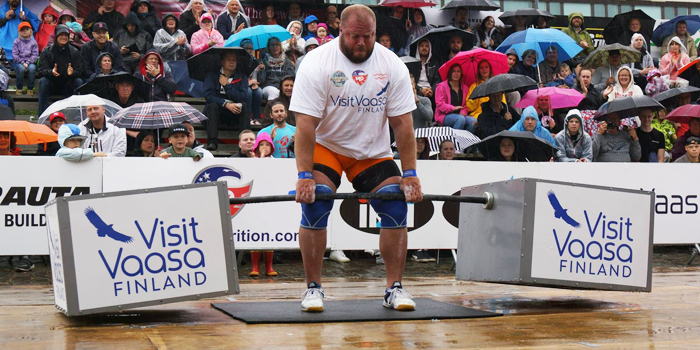
During the past few years, the deadlift has been raised to new dimensions. Numbers have changed rapidly, and today Andy Bolton is not alone. Eddie Hall's incredible 1102 set the pace to a new era. At the same Europe's Strongest Man competition, three men pulled 465 kilograms or more. The competition events have gotten much heavier than what they used to be. Is a stronger deadlift the key to improving your strongman performance?
RELATED: Finnish Deadlift Secrets
I see two ways to approach this. The first is the deadlift event in strongman meets. They are done either with a barbell or some kind of device that has different objects for resistance. When done with a barbell, this is easy. Just use the basic methods, dynamic and max effort, and fit them in your deadlift routine. Most importantly, fit your deadlift to the competition deadlift version used in the meet. If you have a pull at 18” height, pull from that height in training. These are the cases you benefit directly from your pulling power.
The second option is to use the deadlift as a tool to perform better in other strongman events. It takes different qualities to pull big in a strongman competition than it does in powerlifting. Many strongmen do not do as well as you would think in powerlifting meets, and most powerlifters don't excel the same way in pulling events at strongman competitions. What can you do in deadlift training to benefit your strongman performance ?
Optimizing your leverages is one technique. In strongman and also some Crossfit events, you have many objects of different sizes and heights. You have different joint angles and distances all the time.
Here are six ways to train this:
- Lift standing on boxes of different heights. Many events destroy leverages totally. Stand on a 2-5” box and do deadlifts from there. This will simulate strength production on knee and hip angles. Start pulling off one mat, then add an additional mat for each set. This stimulates joint angle changes in Atlas stones.
- Use different grips. Comparing a 250-pound sack or 300-pound stone against a deadlift bar tells you everything. You need to get a lot closer to the object compared to a barbell lift. Start pulling with a 30-35 inch wide grip. This alone will help you get used to different sized objects.
- Have the weight elevated. Sometimes this is the way to go. Pull while having the weight on blocks or on pins of the power rack. Most of the time this doesn't stimulate any event, but will help you get used to heavy weight.
- Use different bars. Take a Hex bar and try lifting up as much as possible. Try a max single; forget the reps. To strengthen grip, hold the weight up for any amount of time between five and 30 seconds.
- Pull with bands. Oh yes, this will make any athlete fast. No matter if you run with weights or sprint to a next sack on loading, the clock runs with same speed all the time. Put 40-50% of your max on the bar and double the mini bands over the bar, offering 40-50 pounds extra on floor and 180-220 on top, depending on height.
- Have many variations. Who says the above should be done separately? Do stiff-leg pulls with a fat bar using a snatch grip, too. Do everything.
Be in the right timeframe. Most strongman events last anywhere from 10-20 seconds up to 90 seconds. Doing a big single or a five-rep max won't necessarily give any carryover to your competition performance. For your deadlift training, simulate the time spent on events. This is a simple solution for conditioning for strongman sports.
Start with pulling 30 seconds per set with any weight you can. Don't put too much weight on the bar. Go non-stop. A good goal is to be good for three-minute sets. Start with 30-second sets and change the time every three to four weeks. Vary bars and pulls with a number of variations in the same mini-cycle, but not at the same session. That would be too much. The goal is to build you, not kill you. If at the competition you're supposed to work heavy on something for 75 seconds, you must be able to work with some kind of weight for 2-3 minutes. This kind of execution of the repeated effort method will teach you how to strain.
Get strong! The higher the max, the wider the rep range. If the rep contest is done with 600 pounds, you can't hit very many reps if your max is 650 pounds. Most advanced lifters get only 2-4 reps with 90%, but with 70% you can easily execute more than 10 reps. Take a 2-4 month period where you concentrate more on static events with the deadlift in mind. Don't pull too heavy too often.
Favorite Methods
There are many ways to better your performance. Here are a few:
Intervals
Let's say the contest has a pull with 600 pounds for reps. Your max is six reps with that weight. Load up 550 and start doing 4-5 rep sets with 1-2 minute rest periods. Do three sets and then rest 4-5 minutes. Repeat this 3-4 times, ending with 45-60 total reps. Proceed with adding weight or cutting the time between sets down to 15 seconds. Keep rest between intervals at 4-5 minutes all the time. After 4-5 mini-cycles you should be doing three to four, 4-6 rep intervals with 600 pounds, using 15 seconds rest between sets. This is good for 10-15 reps with 600. Not bad improvement for 4-5 months of work.
Max Effort
Max strength has a lot more to do with your performance on rep tests than you might first think. As said above, the heavy single defines the limits of how fast, how long or how many reps you can perform. You don't need to max out constantly, but make sure to have the right parameters. Max effort is used more often as a tester than strength builder, especially further away from meet. For the deadlift, it may be the carrying events that work as special exercises for the deadlift.
Hybrids
These offer more simulation when combined in event-specific ways, especially further away from competitive season. Pull a five-rep set with straight legs using a fat bar, then clean it for another five-rep set, walk 10 feet forward, come backwards with the bar racked on your shoulders, front squat for another five-rep set, then drop the bar and finish with regular deadlifts for another five reps.
Dynamic Effort
This has the biggest role in training for strongman, too. First make sure you're in the right training zone. If you can walk 50 feet with an 800-pound yoke, the optimal way to go would be around 5-6 trips of 40 feet with 650 pounds. This can be done dynamically and with a volume that builds a strength base. Combined with intervals, it is a tremendous stamina builder as well.
Program Design
For strongmen and women, the deadlift is many times just a tool — not a factor itself. Your routine should include everything. Here are a few key points:
Exercise Selection
You should have both general and specific exercises in your routine. It must include strengthening, conditioning, recovery, prehab and rehab. Let's take a look.
Monday
- Deadlift, 1RM
- Zercher Squat, 6x5
- Overhead Carry with Barbell, 5x5-6 meters
- Spread Eagle Sit Up and Press, 15-12-18-8-6-5 pyramid
This is a max effort day where instead of exhausting with too much volume, you're building strength levels for many events at the same time. This is the Conjugate System, Westside style. Now, to cover all above mentioned aspects of training, let's take a look at single event angle:
Monday
- Farmers Walk, 6-8 meters with max weight
- Box Jumps with Weight, 4x4 to 75cm box (30")
Wednesday
- Gripper Work 5x6-8/Arm at 75%
Friday
- Box Squats, 10x20, 50%
- Two-Arm Deadstop Snatch with KB, 8x3
- Suitcase Deadlift, 4x6
- Farmer's Walk, 4x20 meters x 70%
Saturday
- Sprints Against Bands, 5x3-5 meters
In this routine, you are doing a lot of things that bring up your farmer's walk. At the same time, your farmer's walk is making your other carrying events better and supplementing the deadlift. You are now doing strongman for the deadlift.
Eliminate Weak Points
Suppose your deadlift, along with many other events, is held back by your weak low back. Instead of taking training to a point where your low back gives up, start building it up. Here is a sample of a weekly routine:
Monday
- Forward Sled Drag, 8x20-25 meters
- Reverse Hyper, 8x6-8
- Stone Lift, 5x2x75-80% of max
- GHR, 8x6-8
- Super D Butt Walks, 5x15 meters
Tuesday
- Aerobic Exercise, 45-60 minutes
- Leg Extension, 100 reps with ankle weights
- Leg Curl, 100 reps with ankle weights
Wednesday
- Log Lift, 1RM
- Overhead Log Walk, 4x5 meters
- One-Arm Overhead Press, 4x4/Arm with 30-Second Holds
- Side Twist, 4x8-15
- Reverse Hyper, 3x20-25
Thursday
- Concentric Squat, 5x4x65%
- Deadlift with Chains, 10x3x70%
- One-Leg Reverse Hyper, 6x8-15
- Sled Drag Backwards, 4x20-25 meters
- Hanging Leg Raise, 8x8-15
Friday
- Aerobic Exericse, 60-90 minutes
- Leg Extension, 150 reps with ankle weights
- Leg Curl, 150 reps with ankle weights
Saturday
- Seated DB Press, 6x6
- Dips, 3xBodyweight
- DB Power Clean and Carry, 5x8x10-meter carry
Periodization Key Points
This means dividing training into doable smaller units. Do a detailed routine for only 3-4 weeks at a time and monitor your training constantly. In the larger scale, also plan how to proceed to your next meet in 2-4 month time blocks. Finally, the third part is to see yourself and goals in a 1-2 year time frame.
WATCH: Finding Strength — Strength Haven
Don't go deadlift-first all the time, especially if it's not in a contest list. Like the contest events, your training should change. Wave the deadlift, along with events, constantly. This gives synergy, leading to a situation where your competition performance will raise along the line, not just one event at a time.
Conclusion
A big pull alone won't get you to the top in strongman. You can and you should use deadlift as a tool to address weaknesses. At the same time, use it as a strength builder and tester. I could quote Bill Starr in many cases and advise to stop deadlifting. In the perfect situation, I would be able to quote Vince Anello. When my good friend Lou Simmons asked him what brings up your deadlift, Anello replied, "everything."
Images courtesy of Strongman Champions League
Sakari Selkäinaho is from Saarijärvi, Finland. He's competed in strength sports for the past 37 years at the national and international level. Currently, he works as a consultant to meet the needs of general population and top athletes via rehab, prehab, and competition.









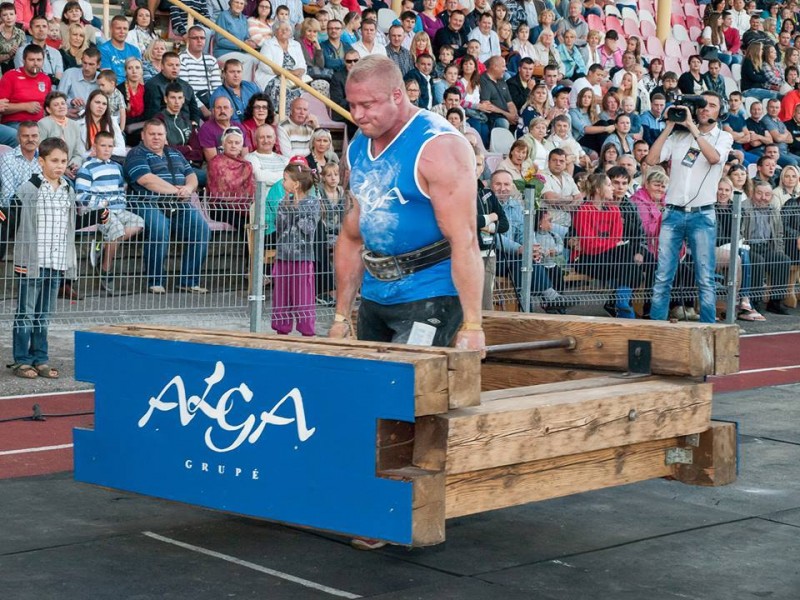
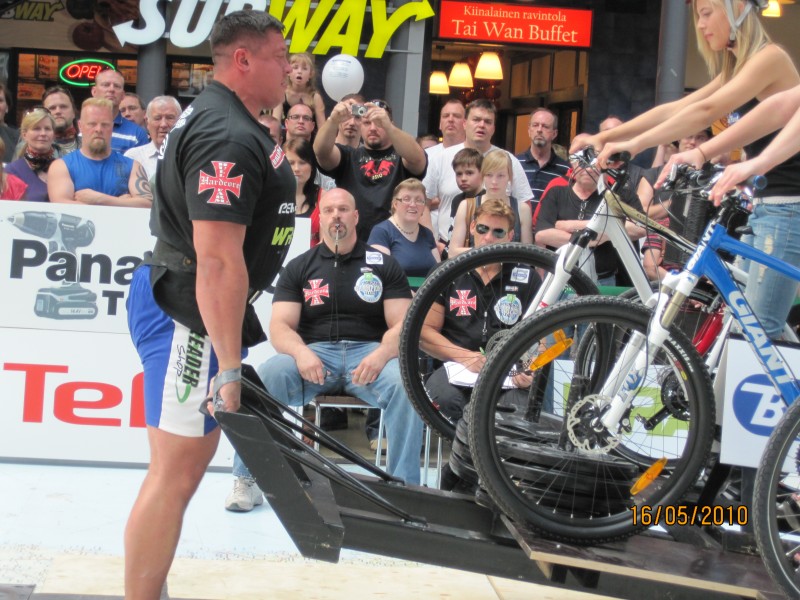
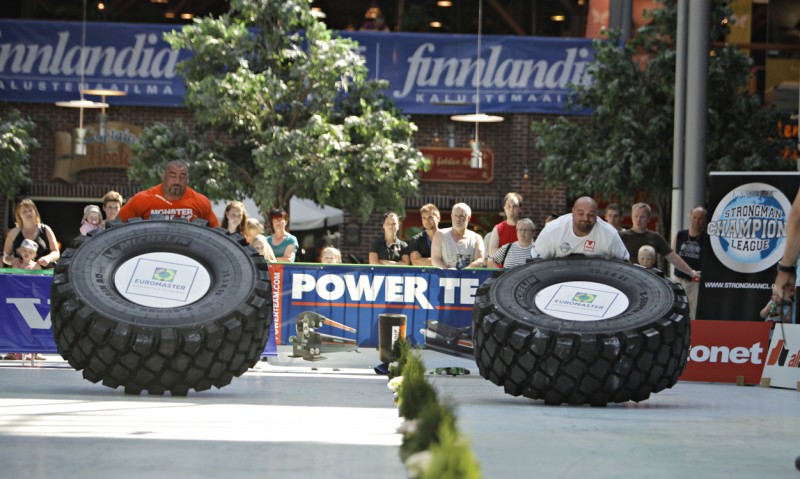
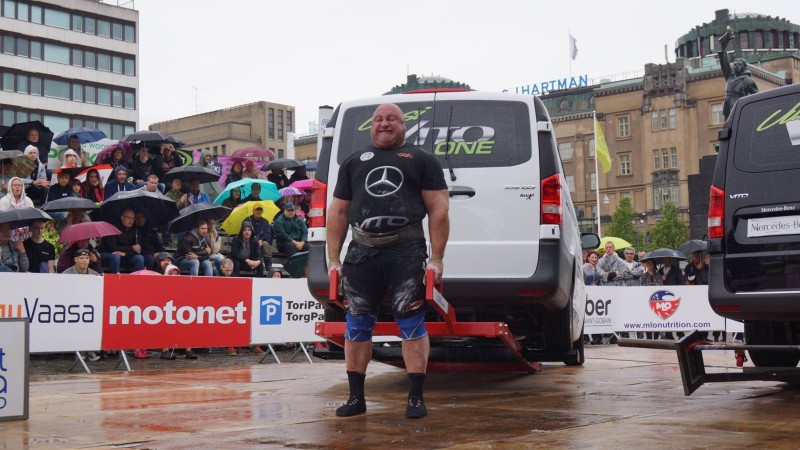
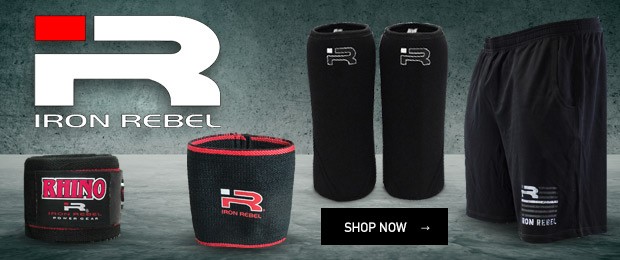
1 Comment